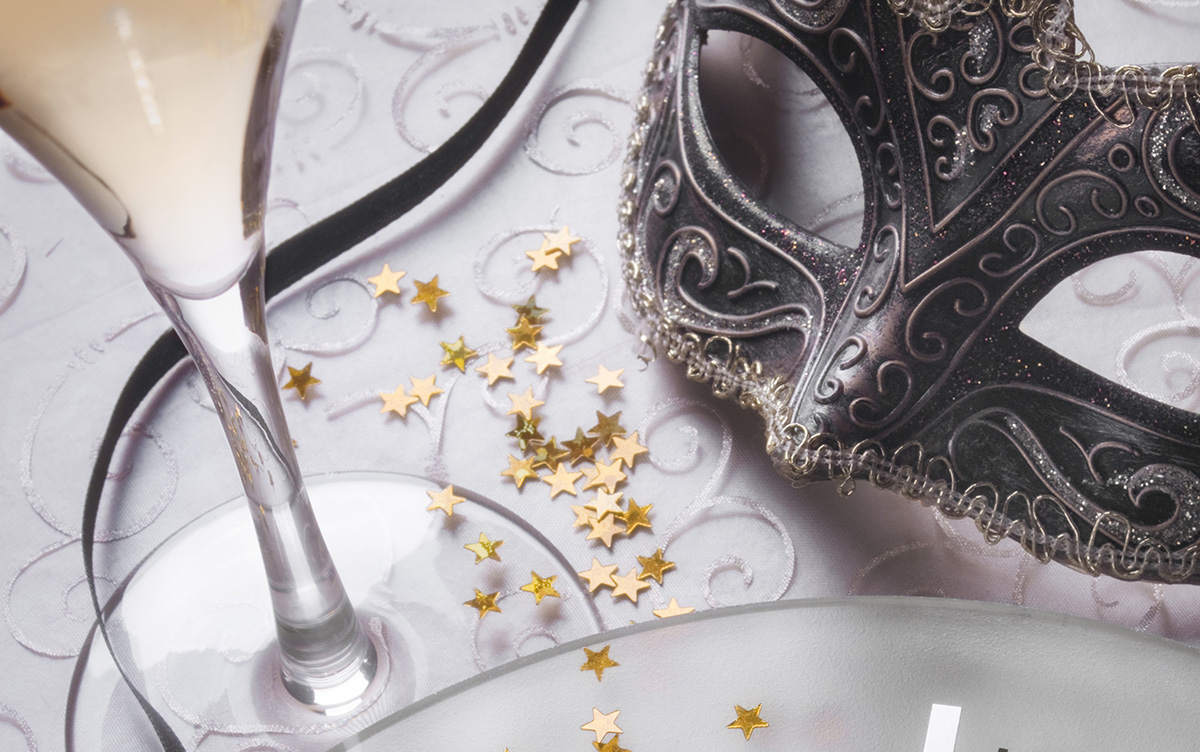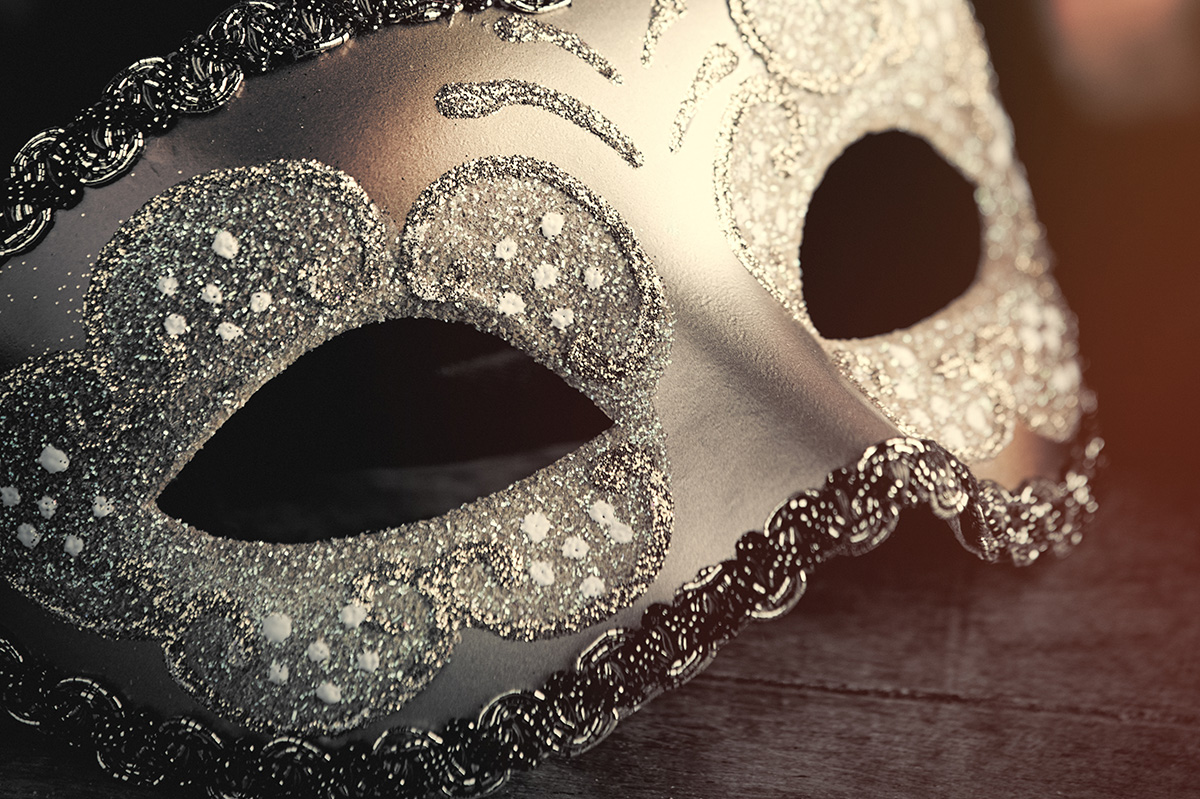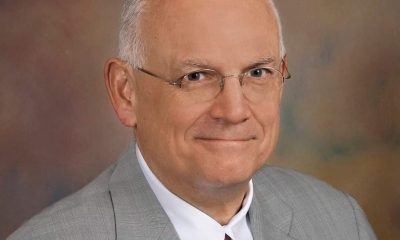Bars & Parties
Exploring the mysteries of Leonardo
Exhibit reveals a ‘superhuman’ artist, inventor
“His mind and personality seem to us superhuman, the man himself mysterious and remote.”
Thus wrote art historian Helen Gardner about the archetype of Renaissance Man, Leonardo da Vinci. But is there a mystery still about Leonardo’s sexual orientation?
This giant polymath of the High Renaissance — painter, sculptor, scientist, civil and military engineer, architect, mathematician, musician, anatomist, botanist and writer — appears to have no close relationships with women, except for one. He kept his private life indeed quite secret.
His sexual orientation has been the subject of analysis and speculation and even satire.
He has been thought by many, including Sigmund Freud, to have been gay, but Freud believed him to have merely been latent — gay-oriented but that those desires were unfulfilled.
Some have concluded that he was chastely gay, traumatically stung into sexless celibacy after a charge against him of sodomy with a male prostitute in 1476 when he was 24.
Or instead, as the art historian Kenneth Clark supposed, was Leonardo intimate with two of his pupils? One of them confided to Leonardo’s brothers after his death that the great man’s feelings for his young students were “sviscerato et ardentissimo” (“deeply felt and most ardent love”).
And then there are Leonardo’s private, erotic drawings of one of those pupils, also his ward, the notorious boy known by his well-deserved nickname “Salai” (the little unclean one), who came to live with Leonardo when he was a 10-year-old in 1490 when the painter was 38, and lived with him for 30 more years. Other paintings, especially “John the Baptist” and “Bacchus,” depict androgyny and homoeroticism.
An exhibit at the National Geographic Museum, “Da Vinci – the Genius,” which closes there on Sept. 12, should help to sweep away some of the mysteries surrounding da Vinci, the man who was perhaps the most diversely talented person ever to have lived, whose unquenchable curiosity was equaled only by his vast powers of invention.
The exhibit, which concentrates on his scientific and engineering side as much as his artistic scope, illustrates the point made by the historian Marco Resci who declared of Leonardo that his vision of the world was cooly rational and empirical and not mysterious at all.
For example, in the National Geographic exhibit, which offers a stunning catalogue of the range of da Vinci’s epic genius, consider the section on flight, summed up by Leonardo himself in these words: “There shall be wings! If the accomplishment be not for me, t’is for some other.” For Leonardo was the first to look at the science of flight and in the process to create the engineering of aeronautics.
Leonardo began this study working on the design for flying machines based on wing movements he observed closely by analyzing the flight patterns of birds and bats and dissecting them to study the anatomy of their wings. Later, however, he realized that humans — with less than a quarter of their weight in their arms and chest muscles — would simply never have the strength to fly like birds.
So he began instead to investigate flight without wing movement, by careful study of wind velocity and ways to use air currents to reach great heights. And his ideas, sketched in his many notebooks using his striking mirror-image cursive (being left handed, it was easier for him to write from right to left), foreshadow the use of gliders, airplanes and helicopters and also parachutes of today.
The genius of the National Geographic Exhibit is how it demonstrates the full scope of Leonardo’s genius. It is a comprehensive traveling presentation that required more than a decade to complete and features a vast array of full-scale machine inventions built according to his personal “codices” (or notebooks). It also includes reproductions of his most famous paintings, including the “Mona Lisa.”
To understand the mystery and the genius of Leonardo da Vinci, this is an opportunity not to be missed.
Bars & Parties
MIXTAPE returns Jan. 4

“MIXTAPE with DJs Matt Bailer and Shea Van Horn” will be on Saturday, Jan. 4 at 10 p.m. at the Atlantis.
This event is D.C.’s legendary LGBTQ dance party. Founded in 2008 by DJs Matt Bailer and Shea Van Horn, MIXTAPE quickly became a staple of the city’s queer nightlife, bringing together a vibrant crowd of music lovers, dancers, and everyone in between. Known for its eclectic blend of indie, house, nudisco, and throwbacks, MIXTAPE creates a unique, inclusive experience that brings people back to the dance floor time and again.
Tickets are $20 and can be purchased on the Atlantis website.
Bars & Parties
Ring in the New Year with Capital Pride
Rainbow Masquerade features drag shows, aerial silk performances

Capital Pride will host “Rainbow Masquerade NYE Party” on Tuesday, Dec. 31 at 9 p.m. at 3400 Georgia Ave. NW.
There will be an all-night open bar, midnight Champagne, drag shows and aerial silk performances. There will also be dessert and midnight snack tables and themed photo ops.
To get tickets and a discount (Code: CAPPRIDE for $25 off), visit Capital Pride’s website.

Capital Pride/World Pride will host Rainbow Masquerade at Hook Hall, a New Year’s Eve party featuring drag shows, silk aerial acts, private lounges and the venue’s Hot Tub Cabana. According to Brandon Bayton, Capital Pride executive producer, “Step into the Fabric of Freedom and toast World Pride 2025 in style—where every moment sparkles, every performance dazzles and every toast makes a difference. It’s going to be an amazing night!”
The party is Tuesday, Dec. 31, 10 p.m.-2 a.m. at Hook Hall, 3400 Georgia Ave., N.W. Proceeds benefit Capital Pride D.C. and tickets are available on Eventbrite.
-

 Obituary4 days ago
Obituary4 days agoLocal attorney, LGBTQ rights advocate Dale Sanders dies at 75
-

 U.S. Federal Courts3 days ago
U.S. Federal Courts3 days agoFederal judge blocks Trump passport executive order
-

 Mexico4 days ago
Mexico4 days agoGay couple claims Puerto Vallarta wedding venue discriminated against them
-

 Books3 days ago
Books3 days ago‘Pronoun Trouble’ reminds us that punctuation matters





